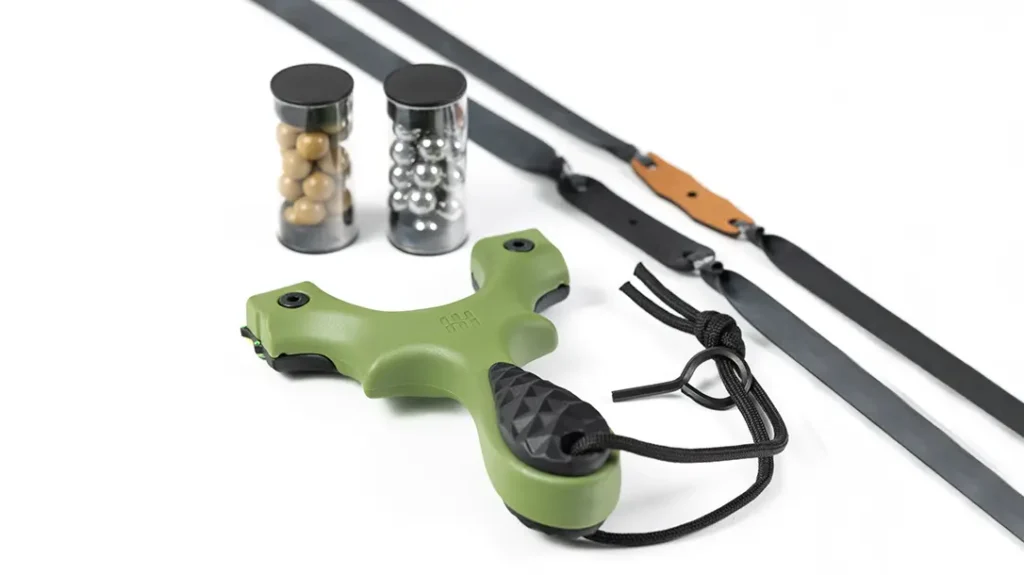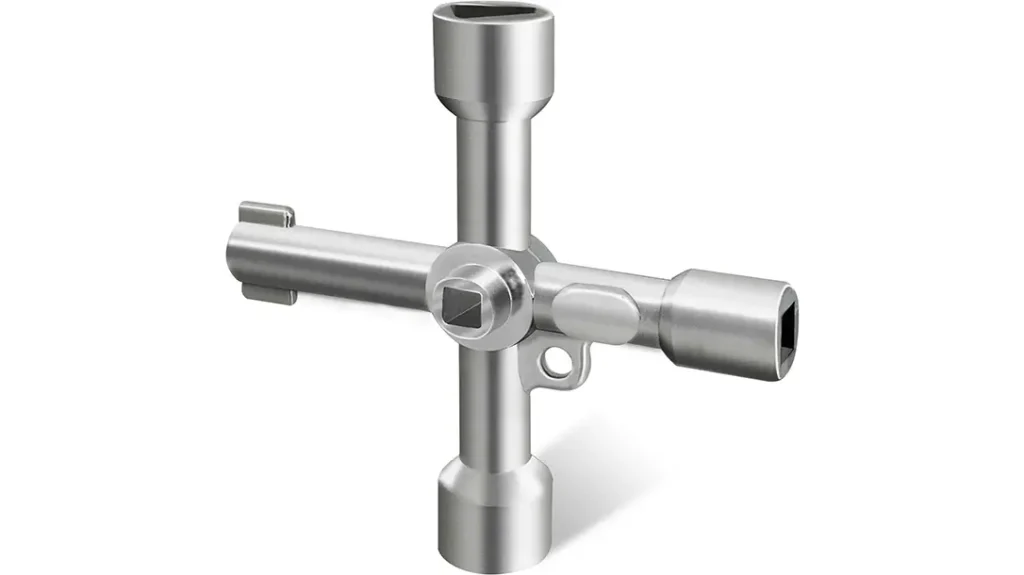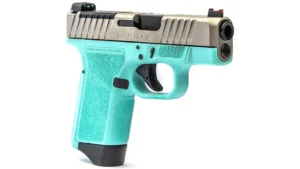Over the past decade or so, the idea of stocking a bugout bag for unexpected emergencies has become almost mainstream. The most recent worldwide crisis only cemented this way of thinking for the ordinary “Joe”, along with seasoned practitioners of survival-based tactics and techniques. However, bug-out bags don’t always have to contain the same basic items. These unconventional items will take your bug-out bag to the next level.
9 Unconventional Bug-Out Bag Items to Level Up Your BOB
The old reliables always turn up when scanning the internet or handbooks on proper bugout bag components. For good reason, they are necessities. Food, water, fire, shelter, and first aid are indeed categories that demand a place in your pack. However, once the top tier, and even the second and third tiers of items, are included, there are others that deserve attention, too.
These ones slip under the radar but can be unbelievably useful when the you-know-what hits the fan. Below are nine such unorthodox items that can go a long way for you when a worst-case scenario comes your way and you’re forced to bug out.
01 – Aluminum Foil
No, you won’t need to stock full heavy rolls of foil in your bag. However, a short mini roll or a number of pre-cut sheets can aid in a variety of ways. You can use them to cook over a fire, signal to planes overhead, make improvised fishing lures, boil water, or hold collected wild edibles for the night’s dinner.
Additionally, items wrapped in foil are surprisingly water resistant (though not waterproof). This can protect delicate electronics when an unexpected rain starts to fall.
02 – Lock-Pick Kit

For some perplexing reason, a bugout bag has become synonymous with outdoors or overall rural use. This is a huge misconception. From the countryside to the suburbs, to the concrete jungle, a bugout bag is useful in all environments. When bugging out, you may be faced with locked doors, chained gates and fences, or secured containers holding useful items. A mini lockpick kit is a must to get past these barriers and allow you to reach your objective.
There are numerous versions on the market today. But it is important to learn how to use it prior to an emergency. Learning on the run is a sure path to failure. So, practice, practice, and practice more when your life is in a pre-emergency, state of normalcy.
03 – Chapstick
This longtime chapped lips helper can do much more than just keep your skin moisturized and free from cracking.
Being petroleum-based, it can offer such uses as aiding in fire-starting. Adding a little to tinder can create a quicker flame. It can also act as an improvised candle. Just add a cloth wick to a small, punched hole in the stick for an hour or two of a constant flame.
Chapstick can also ease the itching caused by mosquito or fly bites. Additionally, it can act as a bit of lubrication in some simple mechanical items. A few strokes can ease the squeak and make parts move more smoothly and efficiently.
04 – Slingshot

This item is inexpensive, takes up little space, doesn’t need a power source, and can aid in self-defense and hunting. Slingshots have come a long way from the old-fashioned Y-shaped stick and rubber band. Modern slingshots are built with highly durable materials and are designed for maximum speed and accuracy.
Yes, steel ball bearings are ideal ammo. However, in a pinch or to keep your pack’s weight low, you can use other random items as ammo. This includes small rocks, mechanical nuts, and any small solid objects you find along your path.
05 – Physical Sleeping Aids
Don’t underestimate a good night’s sleep. If you’re deprived of your needed shuteye, your physical skills can diminish, your mental alertness and logical thinking can fade, and you can make poor decisions that could result in injuries or worse.
Packing a sleep mask and inexpensive earplugs can shut out the world around you for a few hours of rest. Naturally, if you’re in a “shady’ area and need to be alert of your surroundings, then don’t use them. But if you’re in a secure location, put in the plugs, pull down the mask, and get some much-needed sleep.
Best of all, they are both extremely compact. So, they will take up virtually no pack space.
06 – Sillcock Key

As mentioned earlier, bugging out doesn’t always mean heading for the hills at the first sign of an emergency. Often, bugging out in-town or deep within the city is a prudent move. Carrying a sillcock key can help you access water in a pinch outside apartment complexes, commercial buildings, or shopping malls.
This key is often four-sided and is designed to fit square or rectangular stems of a sillcock. Once inserted into the proper shape, you can turn the key and access the water for your needs. You can only survive up to three or four days without water. So, adding this item can literally save your life.
07 – Zip Ties
A handful of zip ties can perform dozens of functions during your bugout ordeal. From assembling a temporary shelter to leaving trail markers in the woods (be sure to buy assorted colored zip ties), holding bulky gear in place, creating makeshift handles, securing bandages when injured, and other on-the-spot uses. Zip ties are underrated miracle workers.
Zip ties are relatively inexpensive, come in various lengths and strengths, and can be reused by simply unlocking the mechanism. So, don’t cut them, reuse them. This essential addition to your bag is truly a Jack-of-all-trades.
08 – Safety Siphon Hoses

Desperate times sometimes mean taking desperate measures, and that may mean “borrowing” gasoline or water. Transferring it from its original source to your awaiting vessel is the tough part. However, this job will be exponentially easier if you carry a safety siphon hose.
Designed to eliminate the potentially dangerous mouth-siphoning action of the past, a safety siphon hose offers a mini hand-activated starter pump. Carry two, one for gas and one for water, because odds are, you’ll need both along the way. They are very compact and relatively inexpensive, but they can save your mouth from the burning taste of gasoline.
09 – Leisure Materials
Do you fill your bag with as many survival items as possible? Or should you bring a few non-essentials? This is a debate that has been raging for years, but the short answer is yes, bring some non-essentials. These can be in the form of books (the bible is a very popular choice), playing cards, old letters, small games, or a small folder of photographs.
These are necessities to keep your mind active and your emotional state at its highest, even in the darkest times. Additionally, you’ll have a lot of downtime after your initial bugout retreat. So, these time-passers will be highly valuable to avoid inevitable boredom.

No Limits to Your Bug-Out Bag Additions
You are only limited by space in your pack, rather than the diversity of items you want to add. It’s best to start with your basics, then your secondary needs, and finally your personalized extras. If it works for you, then add it.
Don’t be afraid to go against the “norms” set forth in instructional books, DVDs, or online videos about creating the perfect bugout bag. The perfect one is the one you design, the one you assemble, and the one that will keep you alive!






















